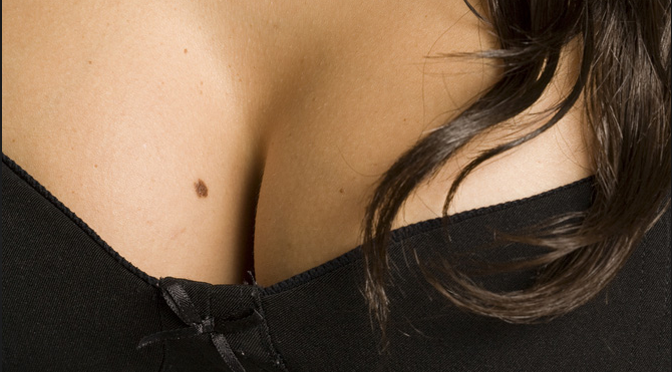For days now, I can’t get a liver spot out of my mind. Now it is not so that I would not have already seen many liver spots, quite also at piquant places. In this respect, I am a bit surprised that this image has haunted me since I first read about it.
But there is something special about this spot. It sits on the side of the left breast of a beautiful young woman. Her name is Imogen and she is the daughter of King Cymbeline in the little-known tragedy of the same name by Shakespeare.
.In many ways, the play is a preliminary exercise to “Romeo and Juliet.” But a plot twist revolves around that very birthmark. And because so much attention is paid to it in the story, that detail just happens to stick especially.
Imogen is betrothed to Prince Cloten at her father’s request, but is secretly in love with young Posthumus. Now she marries Posthumus against the will of her father. He is posthumously banished to Italy.
As a parting gift, he gives Imogen a bracelet and receives a precious ring from her in return. Now it is this ring that the soldier Iachimo is after. He proposes Posthumus a bet : With an exiled man Imogen will not last long alone, and it will be easy for him, Iachimo, to seduce her:
Yours, whose firmness you think so unshakable. I will wager ten thousand ducats against your ring, on condition you recommend me to the court where your lady lives, with no more favor than the opportunity of a second interview, and I will bring from there this honor of hers which you think so securely preserved.
In fact, Imogen rebuffs the soldier mercilessly. He then falls for a list. He, who after all carries a letter of recommendation from her husband, asks the princess to allow him to leave a chest with her that contains his most valuable possessions. Imogen allows this, the chest is delivered and placed in the castle.
At night, Iachimo himself climbs out of the chest, sneaks to the princess’s bed-chamber and examines her extensively. In the process, he also discovers a mole on the side of her chest. He also steals the bracelet mentioned above as As additional proof that he was with let.
So he returns to Italy and claims to Posthumus that he has won the bet. He gives him the bracelet and describes in detail the princess’s bedchamber. But Posthumus remains skeptical. He only admits defeat when Iachimo describes the birthmark to him:
.If you call for even stronger samples: Beneath her breast, so worth the pressure, Is a mark, quite proud of that sweet place. On my life, I kiss’d it, and it gave me new hunger To fresh meal after enjoyment. Do you remember the mark?
This story – and my reaction to it – makes me think anew about the function of erotic details. What makes our protagonists distinctive? What are the details of their bodies that stay with the reader for days?
We don’t need to talk about the fact that phrases like “a beautiful bosom” etc. belong to the null statements that are forgotten immediately after reading and often probably don’t even evoke an image. The brain is not able to translate such evaluative judgments into images. Therefore, the description remains pale. In the best case, the reader puts the book down at this point and imagines a breast that he finds “beautiful.” He thus evokes images that are already stored in him anyway. In this case, however, literature does not reveal anything new but invokes what is already known. There is no reason for the reader to associate these images with an author’s name.
Now, in short stories, we rarely have the space to describe a woman from her broken toenail, to her creek navel piercing, to the color growing out of her hairline. Not going to mutch into the details makes it all the more important for us to highlight those attributes that should be memorable to the reader and thus make the protagonists distinctive. Just as when we describe a room, we also mention only the most important elements pars pro toto.
Because that’s how our brains work: reading creates images, and the more specifically an author paints those images, the longer they stick. If I manage to make a description stick in a reader’s mind for days, I’ve won him over. That’s as effective as a constantly repeated advertising jingle on the radio.



